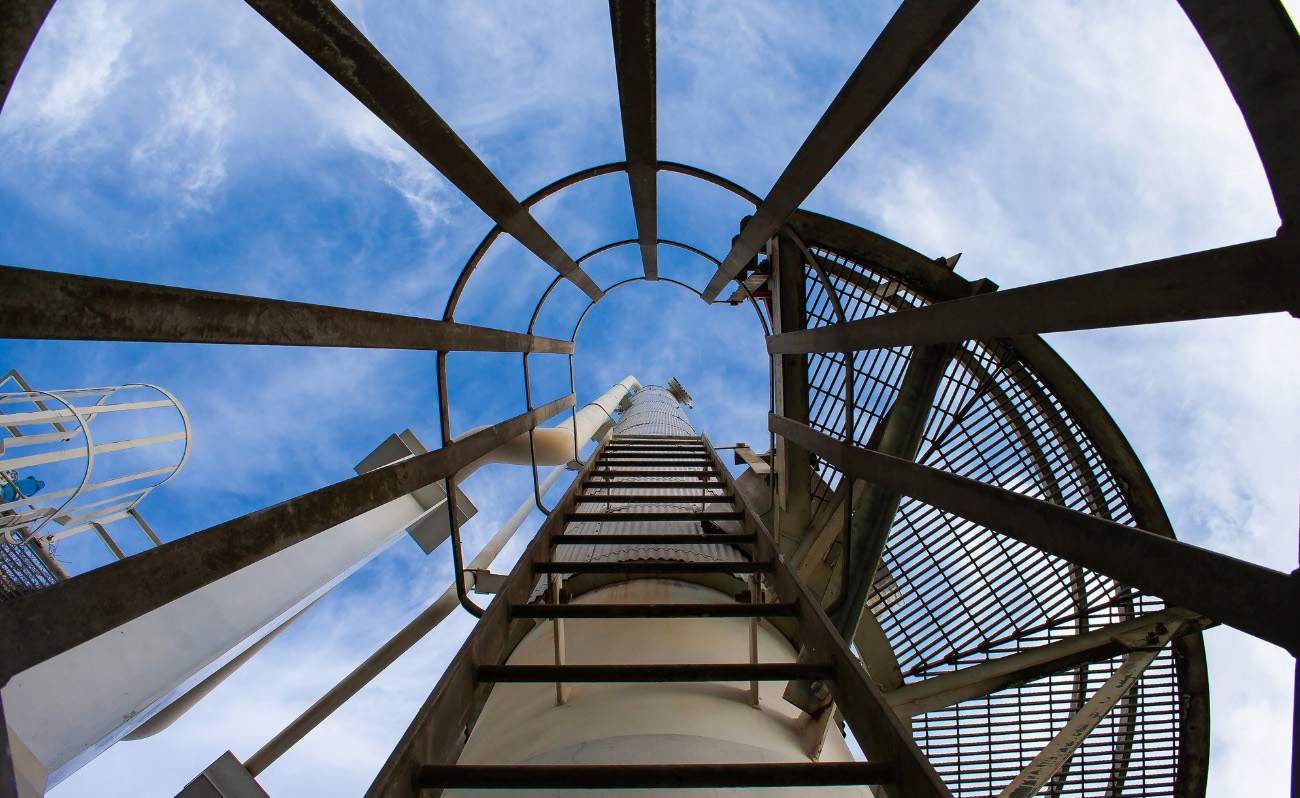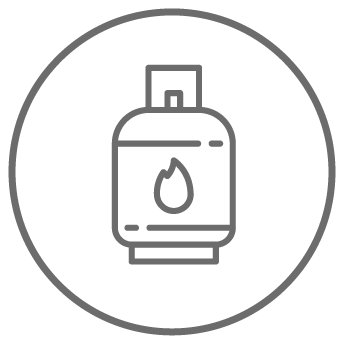LPG, propane, methane and butane - The best-known gases

The acronym LPG or liquefied petroleum gases refers to hydrocarbons and their mixtures, which tend to take on liquid form at certain pressures. For this, they are transported in light and thin-walled containers.
In particular, the definition of LPG refers to propane and butane, both alone and in mixtures also containing their respective unsaturated isomers or homologs, in all respects similar to the original gas in characteristics.
The peculiarity of LPG is the fact that it can be stored, transported and processed in an economic way and with the containment of handling and storage costs. In addition to this, it is a gas that passes into a vapour state (1 litter of liquid LPG corresponds to 250 litters of steam) at an adequate pressure and therefore LPG offers the advantages of gaseous fuels.
LPG - Advantages
LPG or liquefied petroleum gas is an energy source that has the advantage that it can be used in many fields, from domestic heating to industrial and agriculture. In addition to this, it is a gas with a high calorific value, ecological and easily transportable, which does not produce fumes and leaves no residues.
In other words, LPG is an easily available fuel and capable of combining low environmental impact with high heat output.
Other liquefied petroleum gases
In addition to LPG, the denomination of liquefied petroleum gases also applies to propane, butane and methane. Let us see the characteristics of the individual gases in brief.
1. Propane
It is produced from the refining of crude oil and is a colourless and odourless gas, highly flammable, chemically stable, non-toxic but narcotic. Even if it is not toxic, when its presence in the air exceeds 20%, a stunning effect is obtained in the person.
2. Butane
It is produced from the refining of crude oil and is a colourless and odourless gas, flammable, chemically stable, non-toxic but narcotic. In addition, in this case, a concentration in the air of more than 20% causes damage to the concentration and the central nervous system.
3. Methane
It is extracted directly and is produced only in small percentages from the refining of crude oil. It is a colourless gas, with a slight garlic odour, flammable, chemically stable, non-toxic. Methane has no toxicity of its own, but makes the air unbreathable, causing asphyxiation.
LPG blending – Characteristics and uses
Due to their thermodynamic characteristics, propane and butane are the most used gases, even if butane vaporizes at -0.5 ° C and cannot be marketed individually or used in winter. In detail, the GPL family is used in the following way:
- Propane: used for tanks installed on loan free use by end users and for cylinders of different capacities sold to the public by commercial activities with a retail license
- Commercial mixture of LPG with 70% propane and 30% butane used in cylinders of different capacities sold to the public by commercial activities with a retail license
Settala Gas produces and distributes the aforementioned gases by organizing and managing delivery through:
- A complete range of cylinders and drums from 1L to 1000L
- Tank trucks from 2 to 21 tons
- ISOtanks 20




